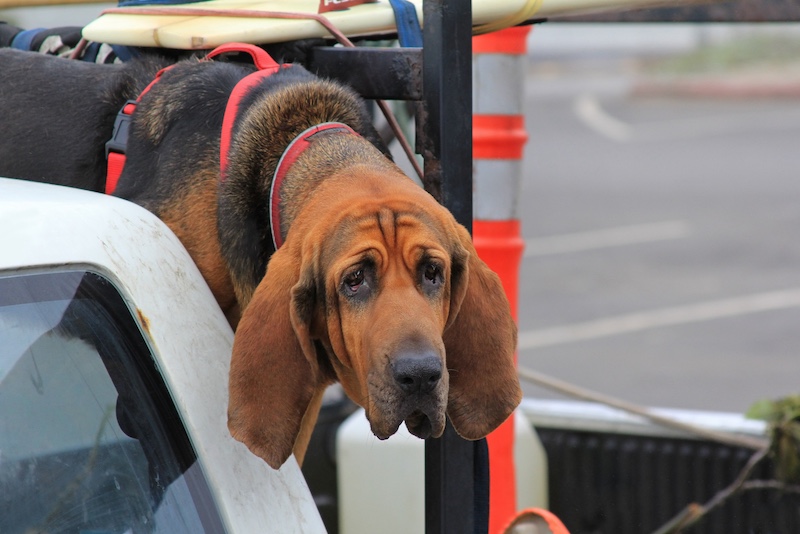Ear infections are a common issue for many dogs, but some breeds are especially prone due to their ear shape, genetics, or lifestyle. Knowing which breeds are most at risk can help you stay ahead with preventive care and regular checkups.
Cocker Spaniel
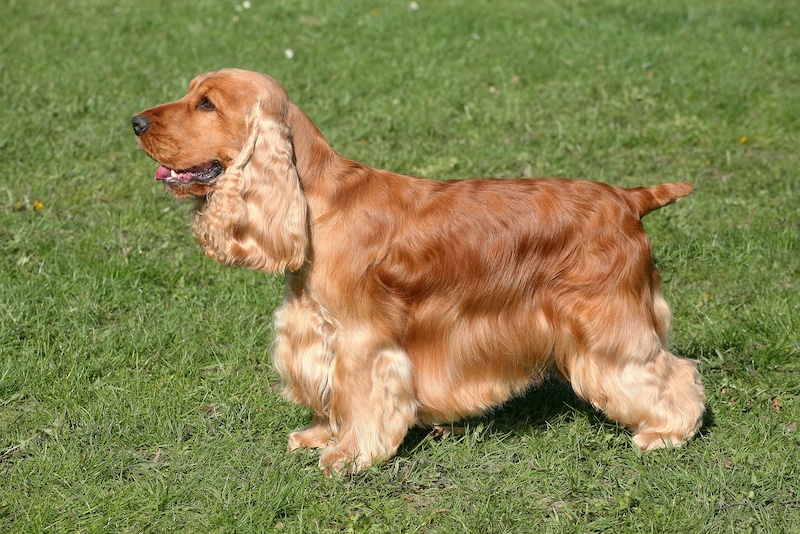
Cocker Spaniels have long, floppy ears that trap moisture and reduce airflow. Combined with their naturally high wax production, this creates a breeding ground for bacteria and yeast. Routine cleaning and regular vet checkups are essential for keeping their ears healthy and infection-free.
Basset Hound

Basset Hounds’ oversized, droopy ears often touch the ground, collecting dirt, debris, and bacteria. Their ear canals are also deep, making it harder for air to circulate. These factors make them highly susceptible to recurring ear infections and inflammation if not properly maintained.
Labrador Retriever
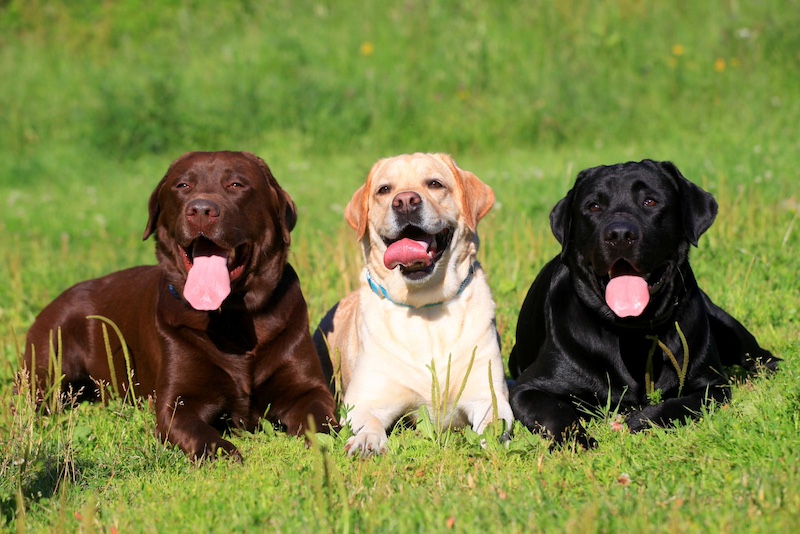
Labradors love the water, which makes their ears frequently damp—ideal conditions for bacterial or yeast overgrowth. Their floppy ear structure limits airflow, while allergies can increase irritation. Drying their ears after swimming and consistent ear checks help reduce infection risks significantly.
Golden Retriever
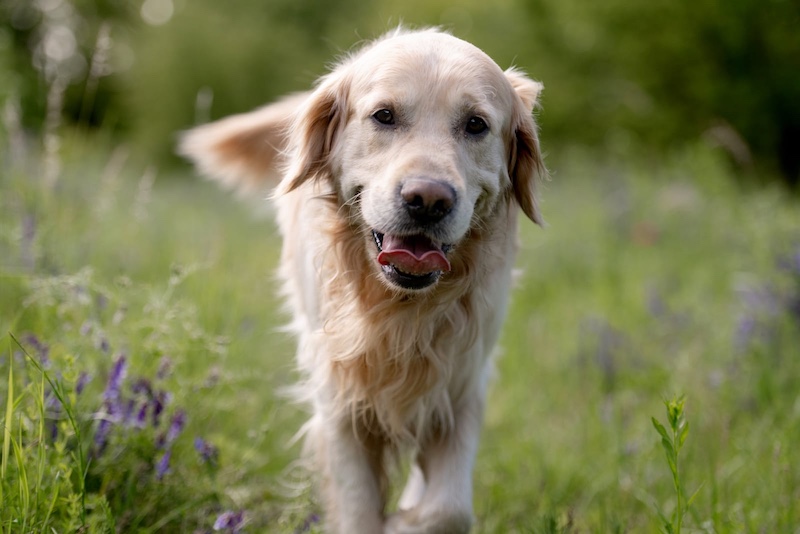
Golden Retrievers are prone to both allergies and moisture buildup, especially around their dense fur and floppy ears. These factors increase the likelihood of chronic ear infections. Regular grooming and ear care routines, especially after baths or outdoor play, are key preventive steps.
Poodle
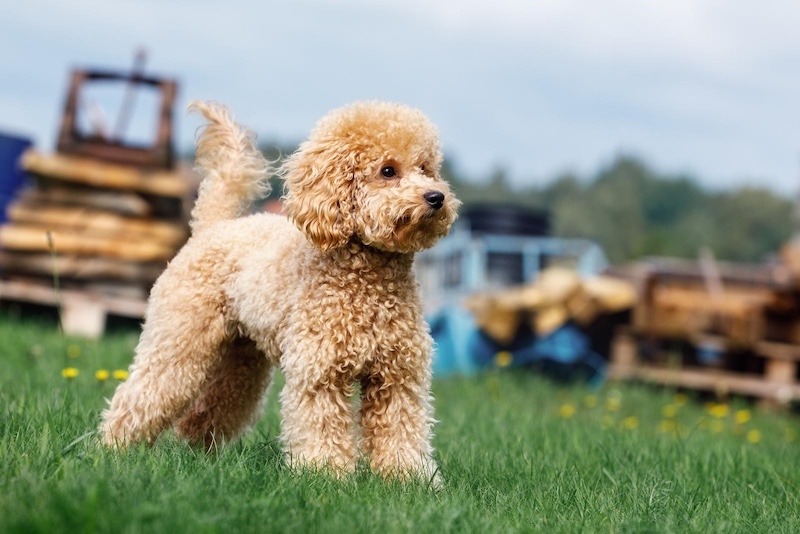
Poodles often have hair growing deep inside their ear canals, trapping wax and moisture. This makes them especially prone to infections if the hair isn’t routinely removed. Keeping their ears clean, dry, and well-ventilated goes a long way in avoiding painful ear issues.
Beagle

Beagles’ long, heavy ears restrict airflow, which can lead to a warm, moist environment—ideal for infections. They’re also prone to skin and food allergies, which can further aggravate the ears. Weekly ear inspections and cleanings are crucial for this energetic and curious breed.
Shar Pei

Shar Peis have very narrow ear canals that can easily become blocked with wax and debris. This lack of ventilation encourages infections, especially in dogs prone to allergies. Gentle, regular cleaning and attention to any signs of discomfort can help prevent serious problems.
Bulldog

Bulldogs have wrinkled skin and folded ears, which can harbor bacteria and yeast. Their allergy-prone nature also contributes to inflammation and irritation in the ears. Keeping the folds and ear areas clean and dry is essential to minimizing the chance of infections.
Schnauzer

Schnauzers frequently grow thick hair inside their ear canals, trapping dirt and moisture. Their ears are also susceptible to allergic reactions, which can cause itching and infections. Routine ear hair removal and weekly cleaning can keep their ears healthy and infection-free.
Bloodhound
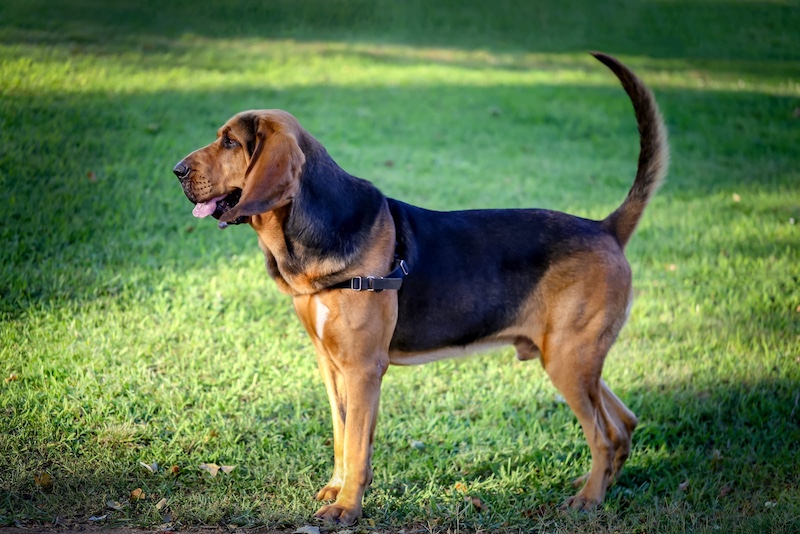
Bloodhounds’ long, droopy ears collect dirt and moisture as they trail scents. Their deep ear canals can easily harbor bacteria if not cleaned regularly. Because of their ear structure, consistent hygiene and close monitoring are necessary to avoid painful and recurring infections.
Please Note: This content was created with the assistance of AI and thoroughly edited by a human before publishing.

